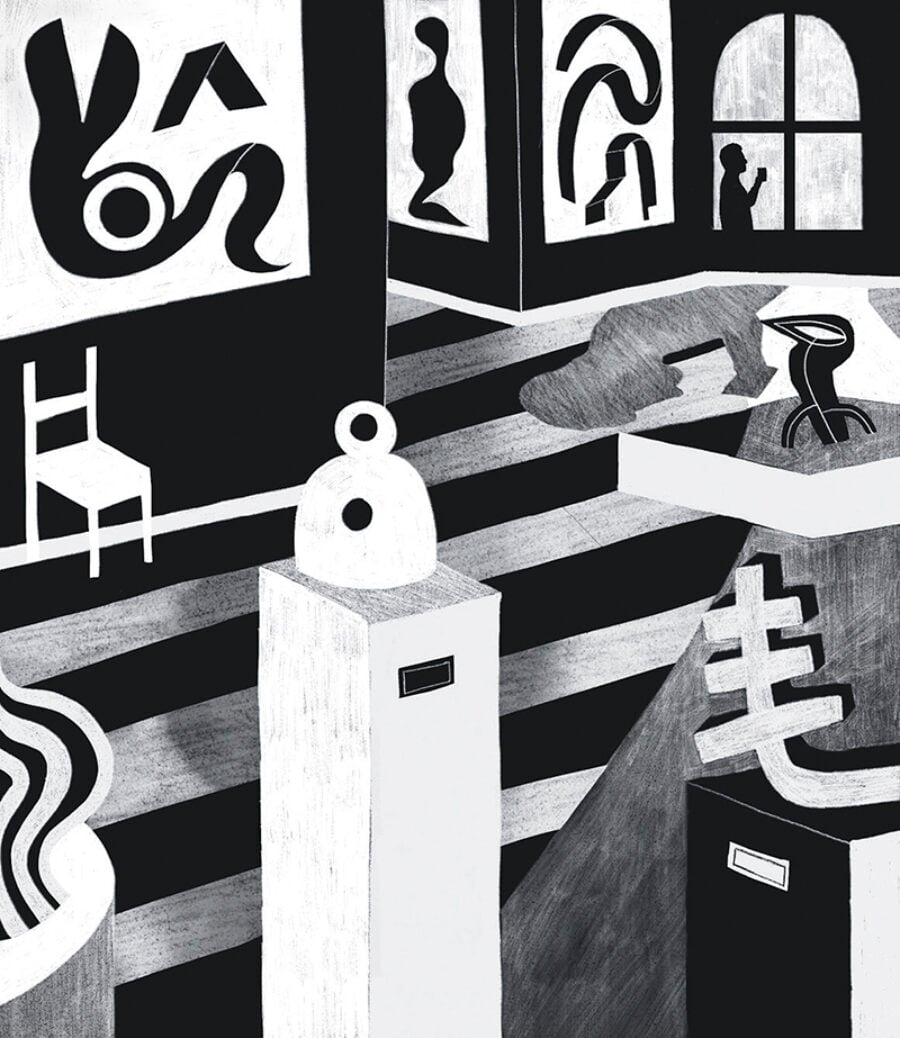
Illustrations by Diana Ejaita
It doesn’t take a Leonardo-level intellect to figure out that the pandemic has been devastating for the arts economy. Live events were the first things to stop, and they will be the last to return. That means musicians, actors, and dancers, plus all the people who enable them to take the stage—playwrights and choreographers, directors and conductors, lighting designers and makeup artists, roadies, ushers, ticket takers, theater managers—have no way to make a living from their work, and haven’t for more than a year.
Still, I don’t think most of us appreciate just how bad things are. The crisis…






































































































